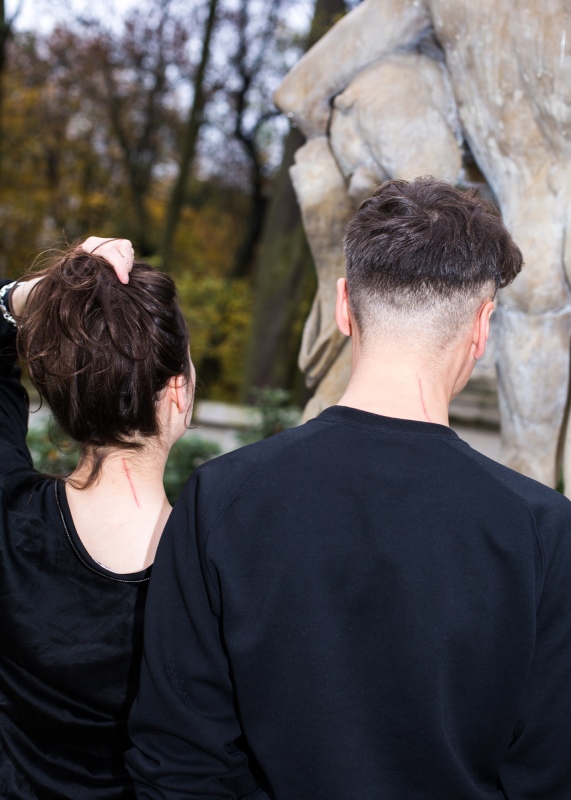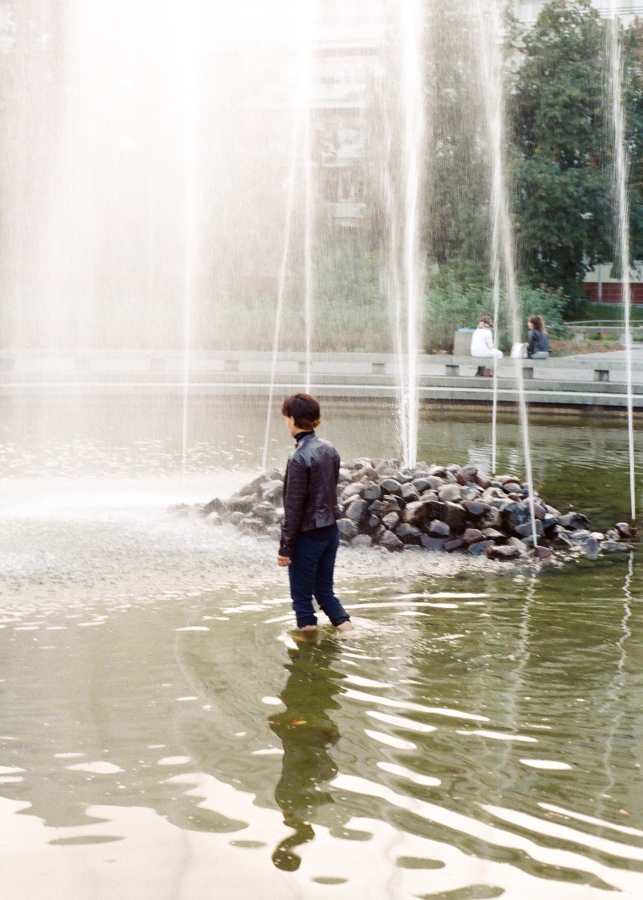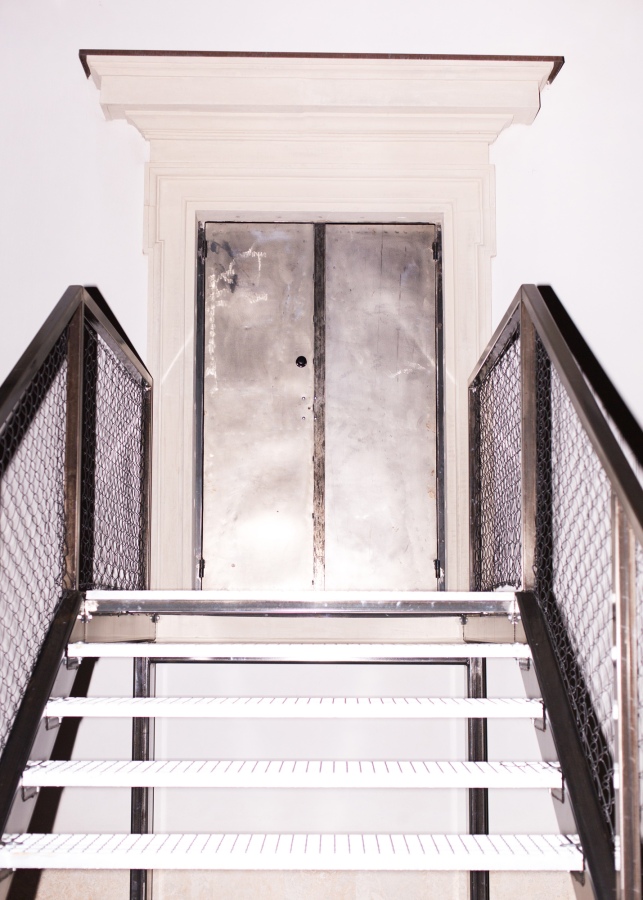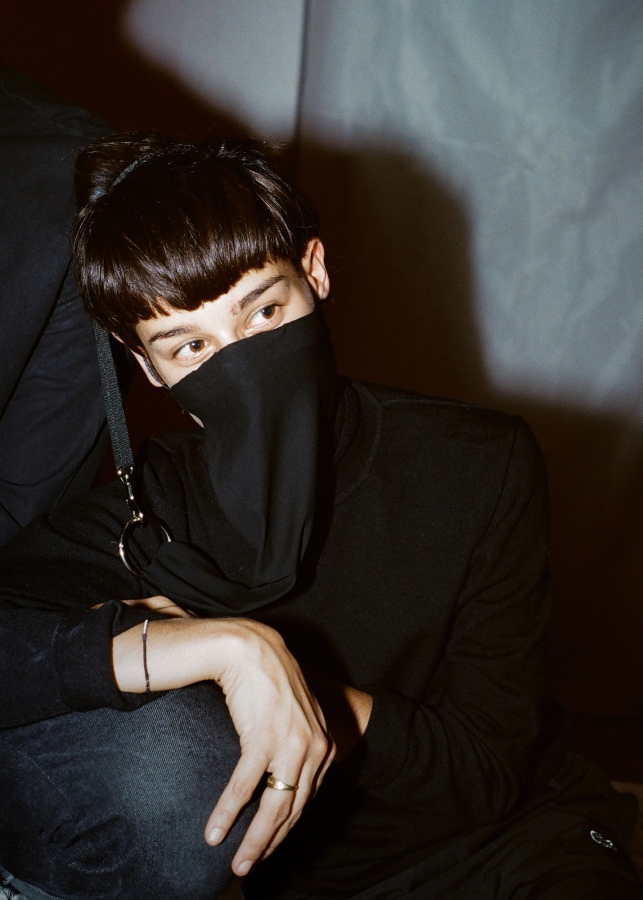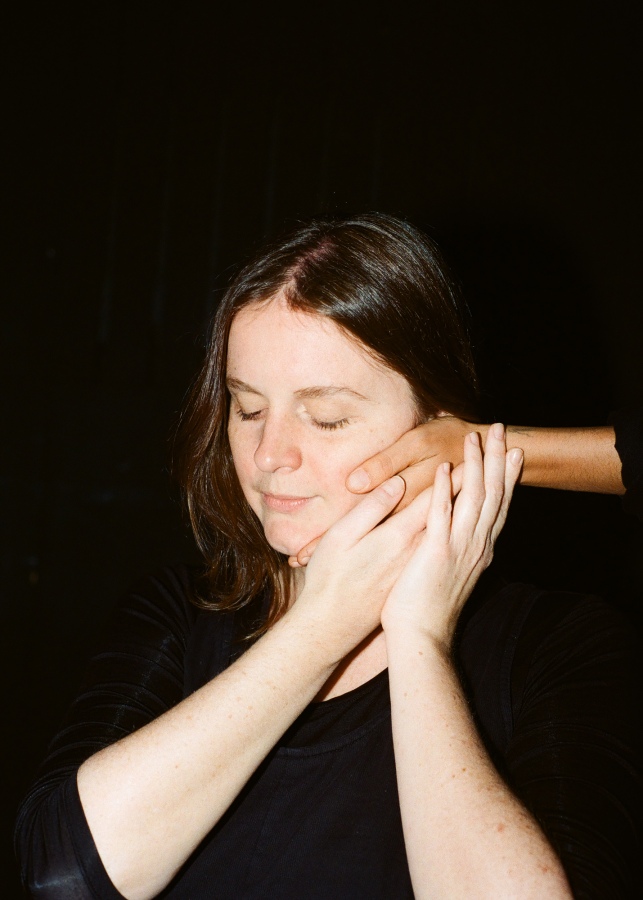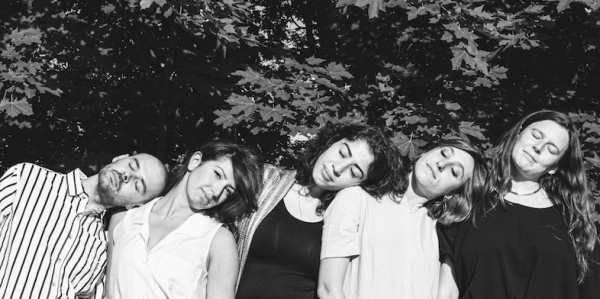There is a man behind everything
Nikita Kadan in conversation with Alek Hudzik
-
Tell me what you did during your residency at U–jazdowski.
- It wasn‘t a residency focused on the production of works or on effect in the form of a final exhibition. I had a great opportunity for meetings, explorations, time to better familiarize myself with the institutions of Warsaw and the architecture of the city. I visited the Hansens’ House in Szumin, and I finally had a lot of time to act. I really needed this time because recently I have had a lot of work – an exhibition at the Jerome Poggi gallery at the FIAC in Paris and an exhibition in Usti-nad-Labem in the Czech Republic, to mention a few. So the time in Warsaw was very useful for me.
-
-
I was wondering which subject interests you most in your artistic activity, but I was unable to answer this question myself. You work with history, archives, body, architecture...
- I understand my artistic practice as a system of complex methods and topics. For me, all these subjects are connected. I see my work as a kind of machine, with room for historical narratives, architecture, social and personal body issues – all these are connected and interlocking. I can’t say that I focus more on any one of them. In the project with Anastasia Potemkina, we refer, for example, to Greek mythology and its gender-related issues. In other works, I show issues related to war or historical narratives.
-
I had the impression that all your works are connected to thoughts about identity.
- Yes, but basically all art is about identity. At the same time I feel that I often confront the symbols of various collective identities.
-
For example, your work on the historical narratives that create a national identity. You touched upon this topic at the exhibition Kości się przemieszały [Bones Mixed Together] in Białystok.
- I worked with contemporary historical narratives from Poles and Ukrainians. At the exhibition, I presented photographs from the 1940s from the region of Wołyń, drawing from sources on both sides of the border. In Poland, these are photographs of the victims of the Ukrainian Insurgent Army (UPA), while in Ukraine these are the victims of the Polish Home Army (Armia Krajowa). It’s fascinating to me how the image creates identity, how many lies can be created in an image. Sometimes the same picture with a different signature is enough. It is also important that I juxtaposed these images, all together they create a kind of landscape. It is a pantheon of victims. We do create such pantheons, and politics feeds on them, as can be seen in the actions of the Ukrainian Institute of National Remembrance.
-
The Polish Institute of National Remembrance does the same thing.
- So I’ve heard, but I’m from Ukraine, and therefore I focus on Ukrainian problems. Our nationalism is my enemy number one.
-
-
Also important in your art is the aspect of carnality; you show it even in the photographic project with Karolina Zajączkowska, where history is connected with the body.
- We found a playground in Warsaw founded by the Hungarian government. It is a strange place because on the one hand, it is a place for children, but on the other hand, it is full of such things as national or religious symbols. There was even a slogan “Pole and Hungarian brothers be, good for sabre and for glass”, so the child gets the suggestion that both war and a glass of vodka are good, and all this on the playground. We wanted to take pictures of some sort of flagellation practices there. We took those pictures at night because we didn’t want to shock anyone.
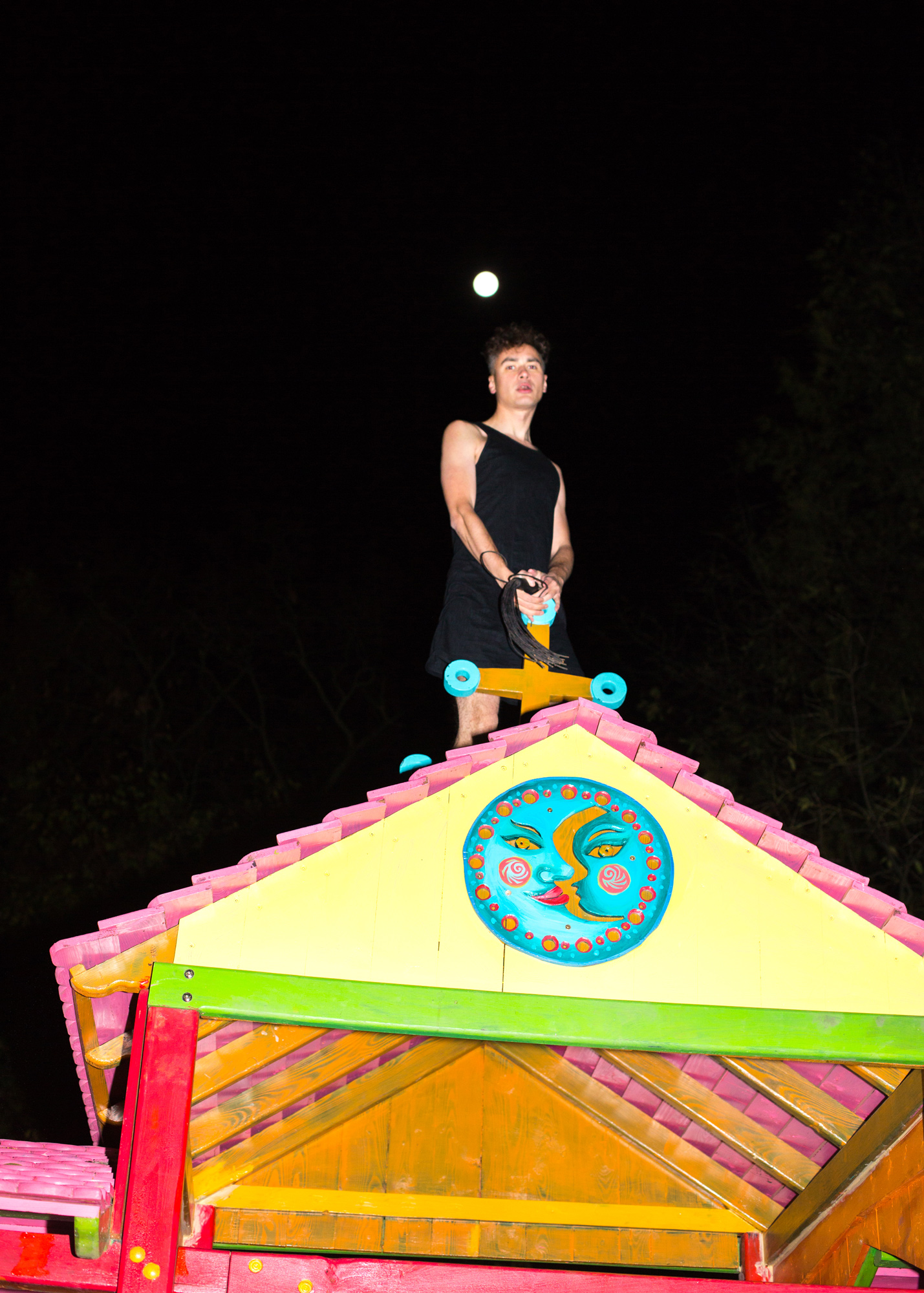
- Photo by Karolina Zajączkowska
-
Your body is often associated with violence.
- Violence is present in many of my works, it’s an important part of my work, but it does not always have to manifest itself in bodies. I made a project Everybody lives by the sea where I show abandoned buildings in Crimea. For me, these buildings are a representation of violence because behind them there are people who were deported, harmed, killed. I have used my own body very few times, because as a rule I prefer to be rather absent or invisible in my works.
-
During your residency in U–jazdowski you were also preparing for a very important exhibition at MUMOK in Vienna. What will you show there?
- I will focus on the 1920s avant-garde and the so-called decommunization policy in Ukraine. The exhibition will talk about the role and the assumptions of the avant-garde and how they became problematic during communism. The avant-garde was communist, but it was also repressed. Artists, victims of Stalinism, were the instigators of the idea of communism. The works of the avant-garde were based on the artists’ active attitude and involvement in the political system. The artists of those times believed in a real struggle and for that they were often persecuted by Stalinist terror. Interestingly, today, in the era of decommunization politics, the avant-garde is being killed for a second time. It is being put in a new false context. Before, Stalinists called them nationalists, while today it is said that they eulogized national art. So the avant-garde was then and now a victim of propaganda. I would like to show this paradox, and the residency at U–jazdowski enabled me to prepare to work with this topic.
Film: Marta Wódz
